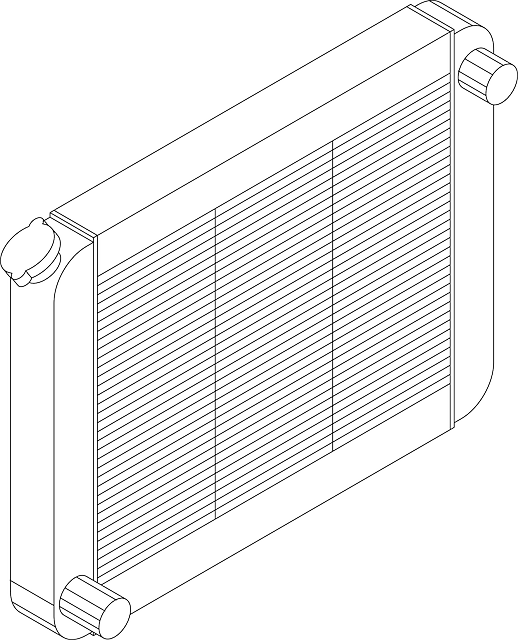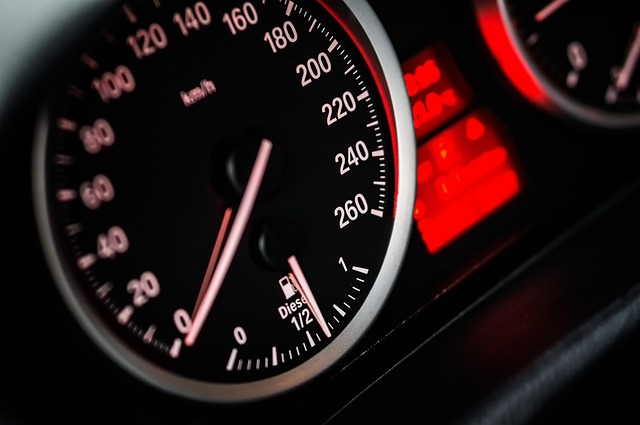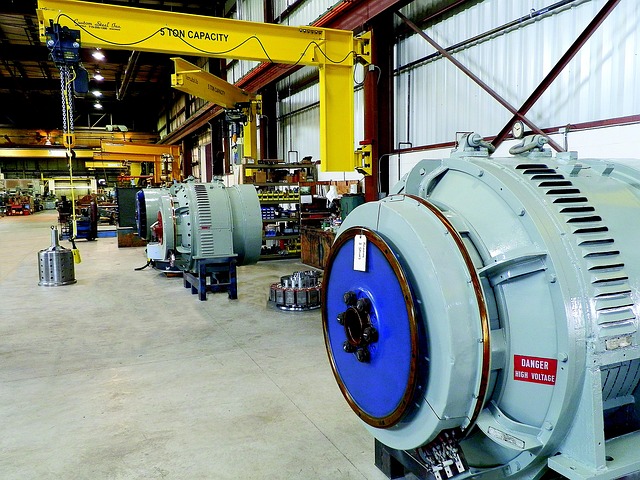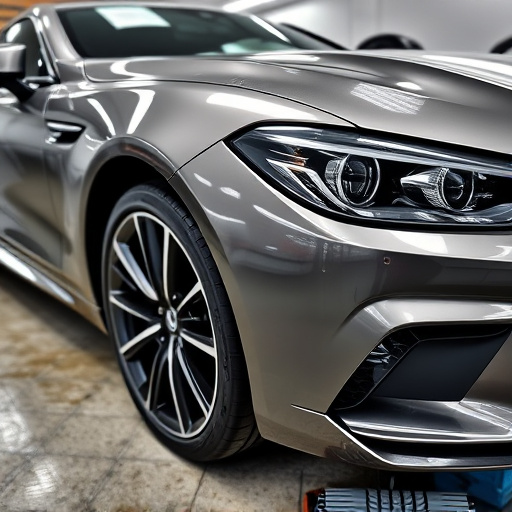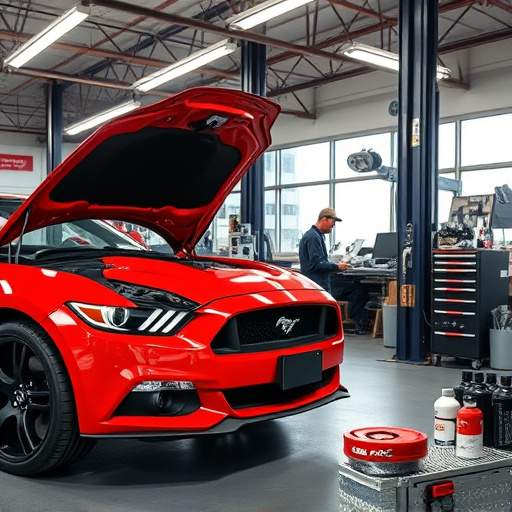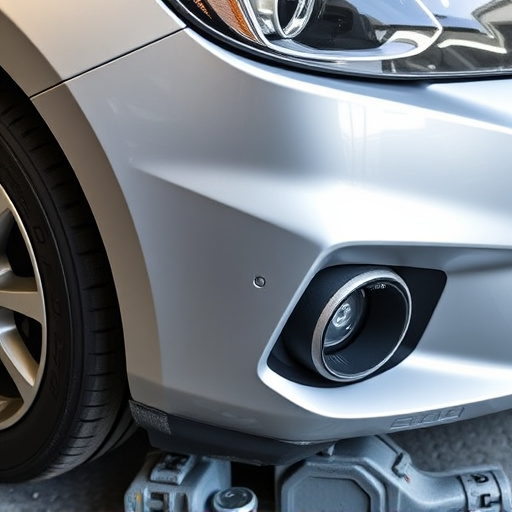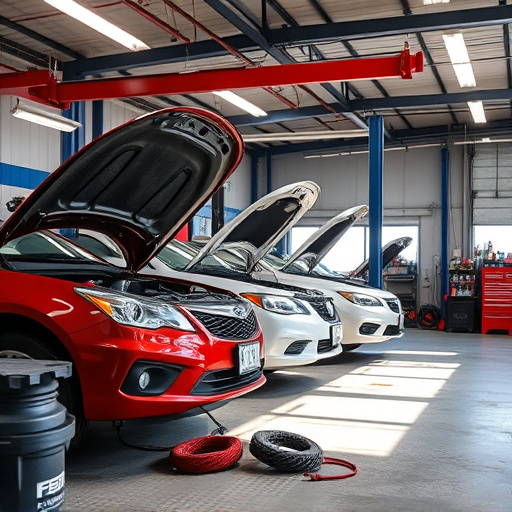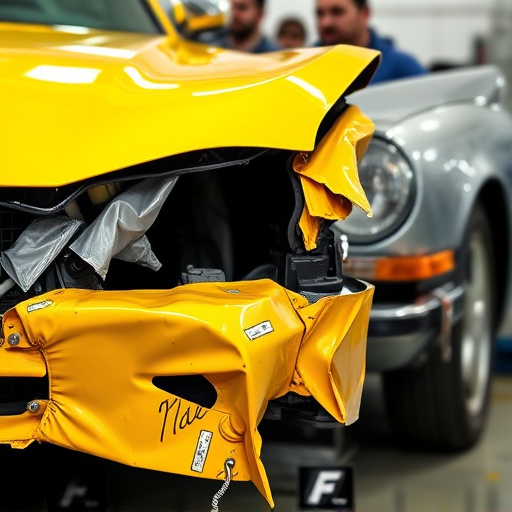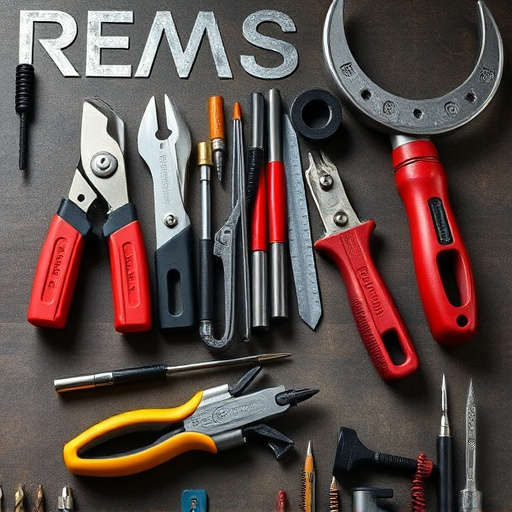Window regulator systems, essential for modern vehicle comfort and safety, require repair when motors, gears, or cables fail due to age, environmental conditions, or accidents. DIY enthusiasts can perform basic repairs, but complex cases need professional auto body shops. Diagnosing issues like stuck or partially open windows involves inspecting tracks, gear assemblies, and cables. DIY repair involves safety precautions, identifying worn regulators, gathering tools, removing the broken component, installing new parts, and reattaching for alignment testing. Professional services are recommended for extensive damage, ensuring repairs meet original equipment standards.
Are you tired of stuck or malfunctioning window regulators? This comprehensive beginner’s guide is your go-to resource for mastering window regulator repair. From understanding the intricate systems that control your windows to identifying common issues, we’ve got you covered. Learn the step-by-step process to fix and replace these essential components, empowering you to tackle the problem effectively. Master the art of window regulator repair with our detailed instructions and gain the confidence to handle these tasks yourself.
- Understanding Window Regulator Systems: A Comprehensive Overview
- Diagnosis and Identifying Common Issues with Window Regulators
- Step-by-Step Guide to Fixing and Replacing Window Regulators
Understanding Window Regulator Systems: A Comprehensive Overview

Window regulator systems are a crucial component in modern vehicles, enabling drivers to control and adjust their window positions with ease. These systems consist of several key parts, including motors, gears, cables, and sensors, all working harmoniously to elevate or lower windows at the touch of a button. Understanding this intricate machinery is essential for anyone looking into window regulator repair, as even a minor issue can disrupt your vehicle’s comfort and safety features.
The process involves diagnosing problems like faulty motors, worn-out gears, or misaligned cables, which can be caused by various factors such as age, environmental conditions, or accidents (requiring expert services similar to car collision repair). Once identified, repairs may range from simple adjustments to complete replacements, with many DIY enthusiasts opting for the latter to save on auto body painting costs. However, complex cases often necessitate professional intervention, ensuring that any repair work aligns with original equipment standards.
Diagnosis and Identifying Common Issues with Window Regulators
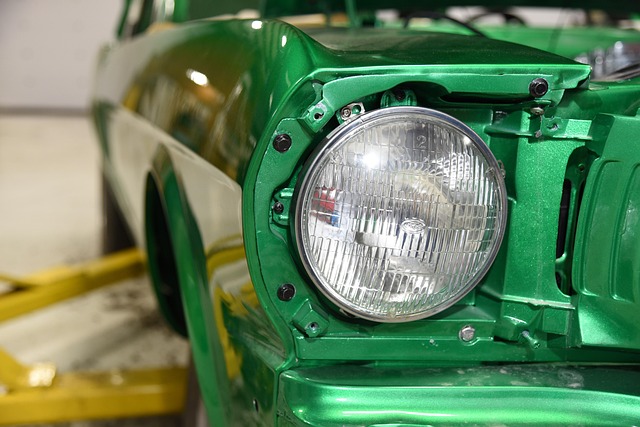
Diagnosing issues with window regulators is a crucial step in performing effective window regulator repair. Common problems include windows that stick, struggle to move up or down, or remain partially open. These issues can often be attributed to worn-out tracks, damaged gear assemblies, or broken cables. During the diagnosis process, carefully inspect visible components for any signs of damage or misalignment. Check for smooth operation by attempting to manually raise and lower the window while paying attention to any unusual noises.
Identifying specific problems is key to selecting the right repair approach. For instance, if the tracks are damaged, replacement may be necessary. Gear assembly issues often require disassembly and careful cleaning or part replacement. In some cases, a broken cable might be the culprit, necessitating the use of a professional window regulator repair service that specialises in both auto glass repair and vehicle repair for comprehensive solutions.
Step-by-Step Guide to Fixing and Replacing Window Regulators

Fixing and replacing window regulators is a task that many auto enthusiasts can tackle with the right guidance. Here’s a straightforward step-by-step process to help you navigate through this repair job, ensuring your vehicle’s windows operate smoothly once again. Begin by identifying the problematic regulator, which may show signs of wear, such as difficulty moving or unusual noises. Next, gather the necessary tools, including a jack, socket sets, and a new window regulator assembly (if replacement is required). Safety is paramount, so ensure you park your vehicle on a level surface and engage the parking brake before beginning.
Now, carefully remove the broken regulator by disconnecting any electrical connections, then demount it from the car body. With the old regulator out of the way, install the new one, ensuring proper alignment. Reattach all components, tighten the bolts, and test the window’s functionality. Remember, if you’re not comfortable performing this repair yourself or the damage is extensive, consulting a professional car body shop for auto body restoration services is always an option.
Whether you’re tackling a faulty window regulator for the first time or looking to expand your car maintenance skills, understanding how these systems work and mastering the repair process is empowering. With this beginner’s guide, you now have the knowledge to diagnose common issues and follow a step-by-step approach to fixing or replacing window regulators. Remember, safe and effective window regulator repair is within reach for any DIY enthusiast equipped with the right tools and information – making your vehicle safer, more comfortable, and potentially saving you costly trips to the mechanic.
